
Published:
Readtime: 14 min
Every product is carefully selected by our editors and experts. If you buy from a link, we may earn a commission. Learn more. For more information on how we test products, click here.
Getting a workout in can be difficult with all the demands that you have on your time. That’s why you need to maximise the time that you do have. The Scientific 7 Minute Workout does just that using only bodyweight exercises with the help of a chair and a wall.
The 7 Minute Workout
The Scientific 7-Minute Workout consists of the following below.
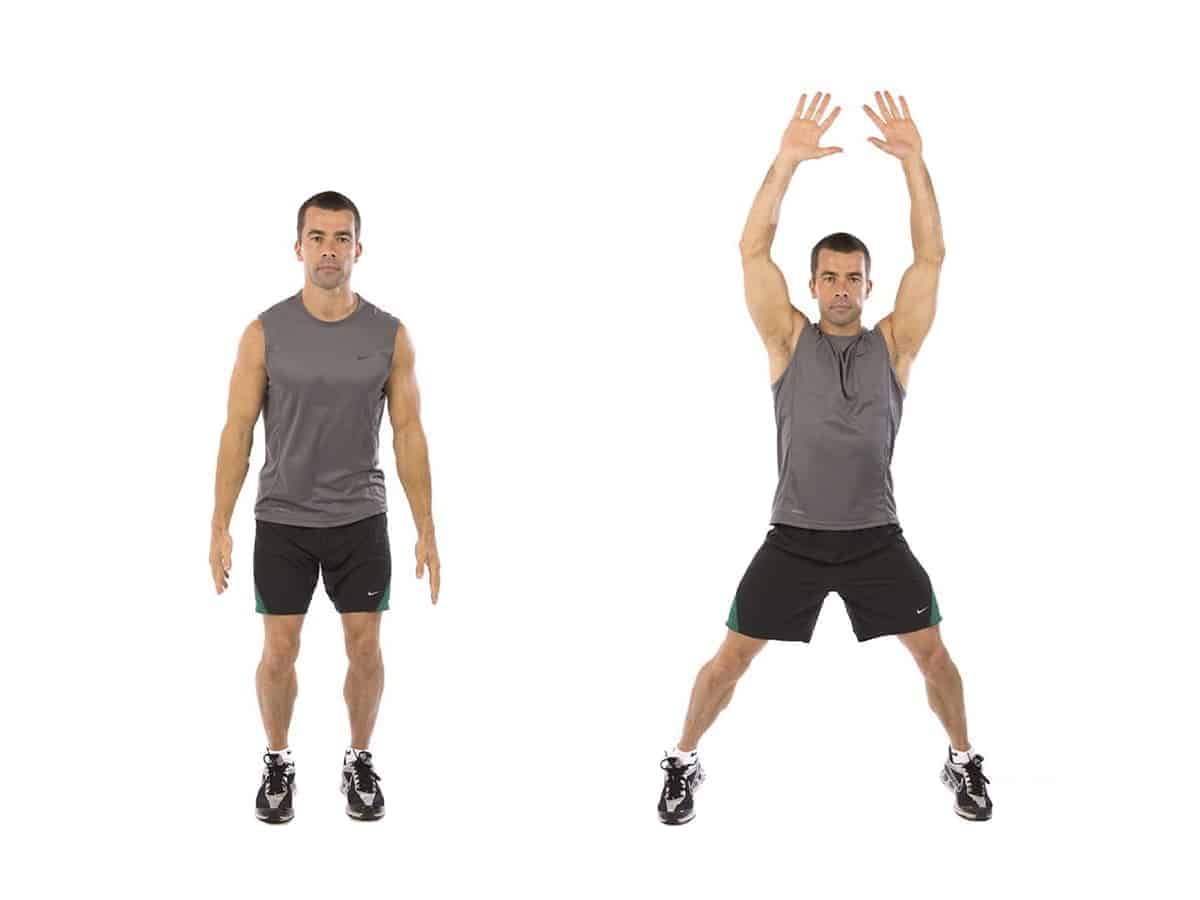
1. Jumping Jacks
A simple movement that is regularly used by defence forces and bodyweight workouts alike, Jumping Jacks are great for getting the blood flowing. Here is how you perform Jumping Jacks;
- Stand upright with your legs together, arms at your sides.
- Bend your knees slightly, and jump into the air.
- As you jump, spread your legs to be about shoulder-width apart. Stretch your arms out and over your head.
- Jump back to starting position.
- Repeat.
Exercise type: Cardiovascular
Time: 30 seconds
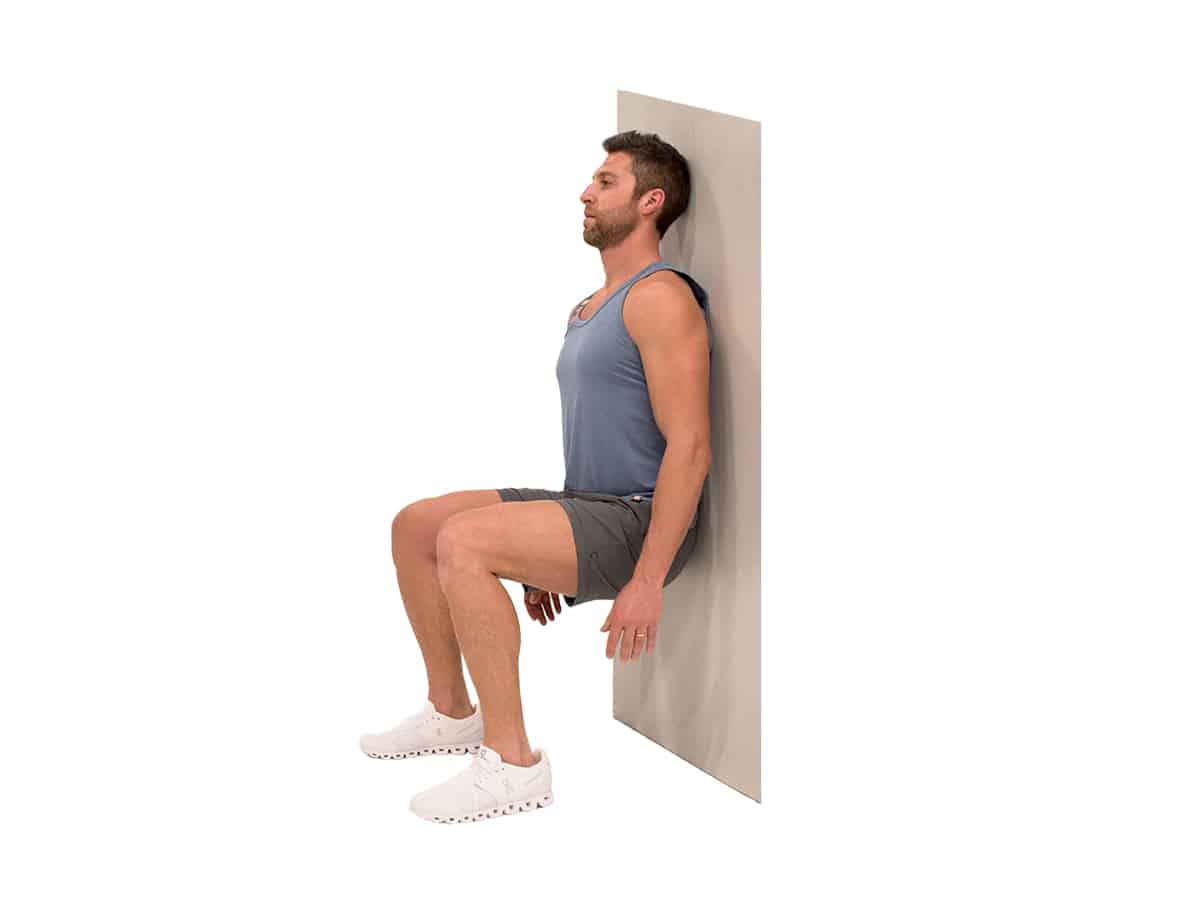
2. Wall Sit
A great bodyweight exercise for building your core muscles, the Wall Sit will help you to add strength and stamina to some of the largest and most important muscle groups in your body. Here is how you do a correct Wall Sit;
- Make sure your back is flat against the wall.
- Set your feet shoulder-width apart with knees 90 degrees out from the wall.
- Your knees should be directly above your ankles, but no more forward.
- Hold your position, while contracting your abs.
Exercise type: Cardiovascular, Strength
Muscles worked: Core, Lower body
Time: 30 seconds
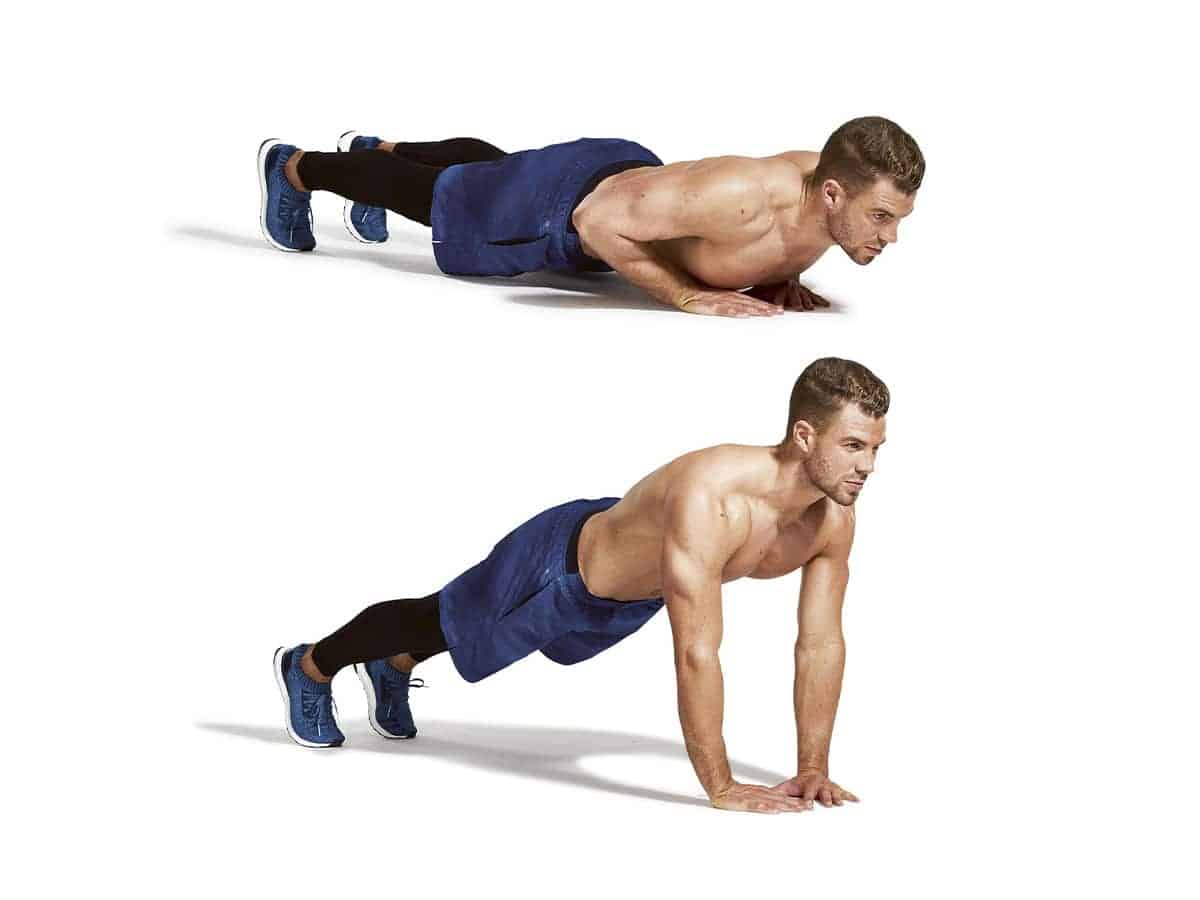
3. Push-Ups
We’ve all tried some of these before, but the Scientific 7-Minute Workout also makes uses of the humble Push-Up, and for good reason. The compound movement works multiple muscle groups in your body, leaving you with more energy exerted and a better overall bodyweight workout. Here is how you complete a Push-Up correctly;
- Begin in position on the floor with your arms slightly wider than shoulder-width
- Position arms directly under the shoulder with soft elbows
- Push through the palm of the hands, keeping a neutral position. Contact the chest muscles and straighten the arms
- Slowly lower your body by bending through the elbows and keeping neutral alignment until your chest is almost at the floor
- Breath in as you come down
Exercise type: Strength
Muscles worked: Chest, Triceps, Core
Time: 30 seconds
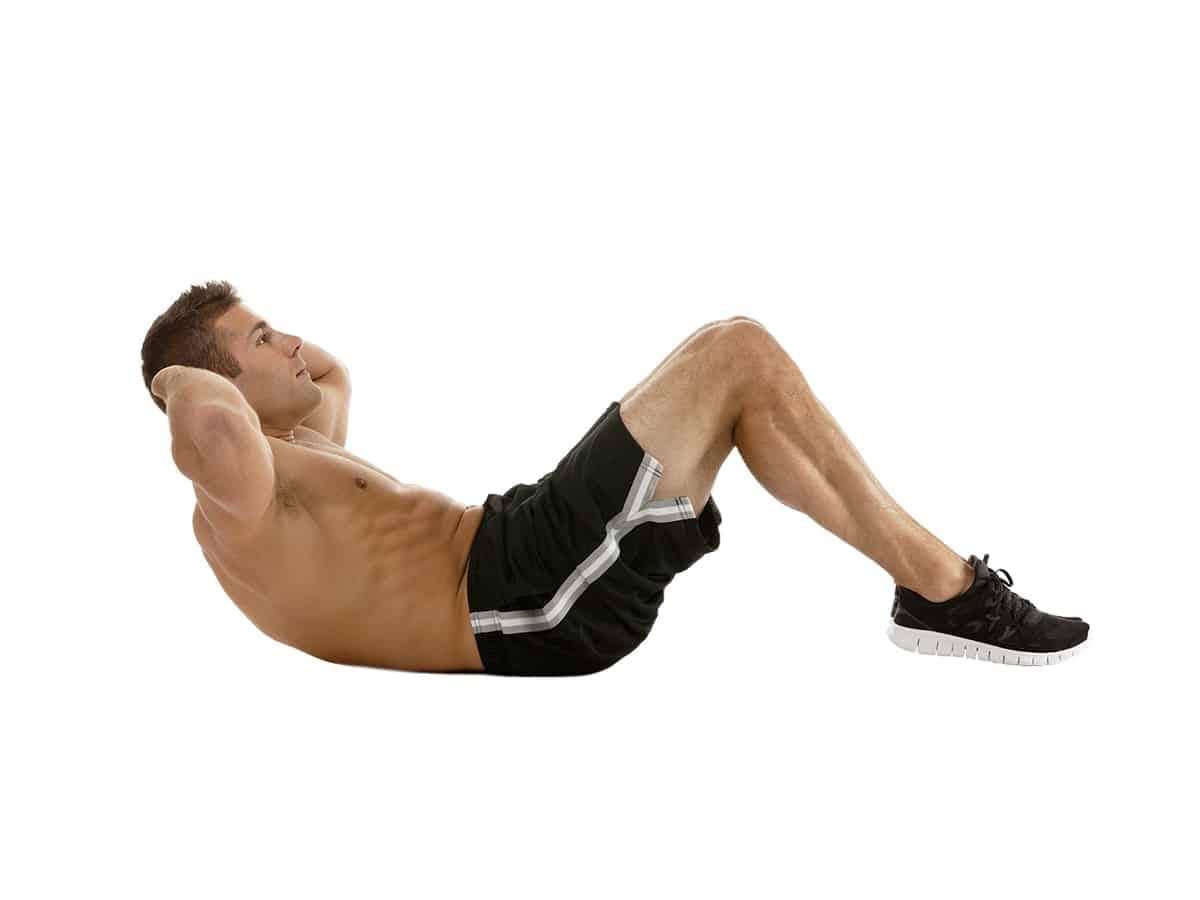
4. Abdominal Crunch
Rather than just sitting on the floor and slowly raising yourself, doing an effective Abdominal Crunch is critical to completing the Scientific 7-Minute Workout correctly. This core-focused bodyweight exercise is incredibly effective in building strength in the central part of your body. Stronger core muscles result in better stability and overall health. Here is how you perform an Abdominal Crunch correctly;
- Lie on your back on the floor in front of a bench
- Set your heels atop the bench and make sure your knees and hips are bent to 90 degrees
- Cross your arms at the chest
- Flex your waist to raise your shoulders and scapulas off the floor
- Crunch straight up toward the ceiling as high as possible whilst keeping your lower back on the mat
- Slowly lower your shoulders back to the floor, and immediately go into the next repetition
Exercise type: Strength
Muscles worked: Core
Time: 30 seconds
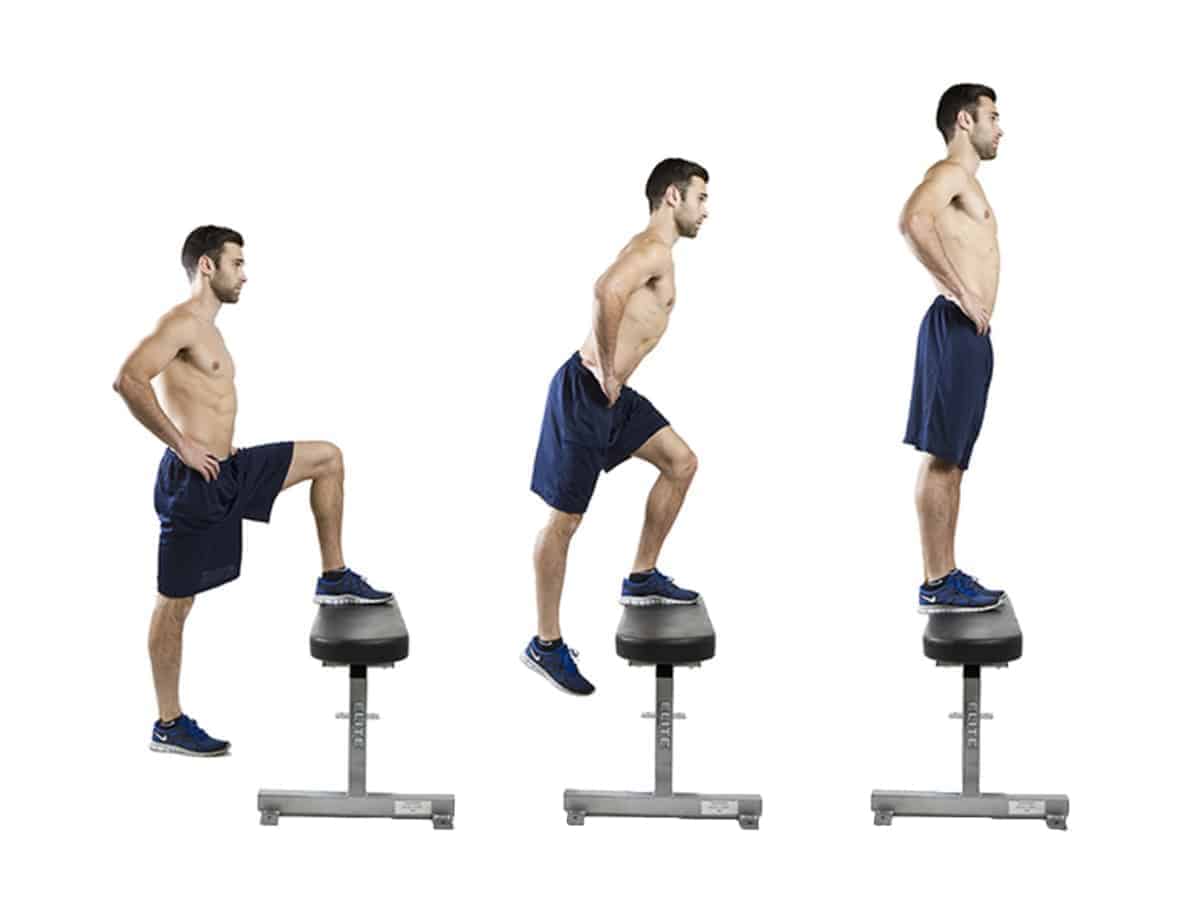
5. Step-Up onto Chair
A favourite of aerobics workouts worldwide, the Step-Up is a simple compound movement that engages your core while also working your lower body muscles. The Scientific 7-Minute Workout suggests using an elevating chair that sits around your knee level. If you’ve got a chair or small stool, that should do the trick. Here’s how to do it:
- Put the bench (or box) in front of you
- Step onto the platform with one foot
- Drive through with your other foot, raising your knee as high as you can
- Lower the knee and step back to the floor
- Switch to the other foot and repeat
Exercise type: Cardiovascular. Strength
Muscles worked: Core, Lower body
Time: 30 seconds
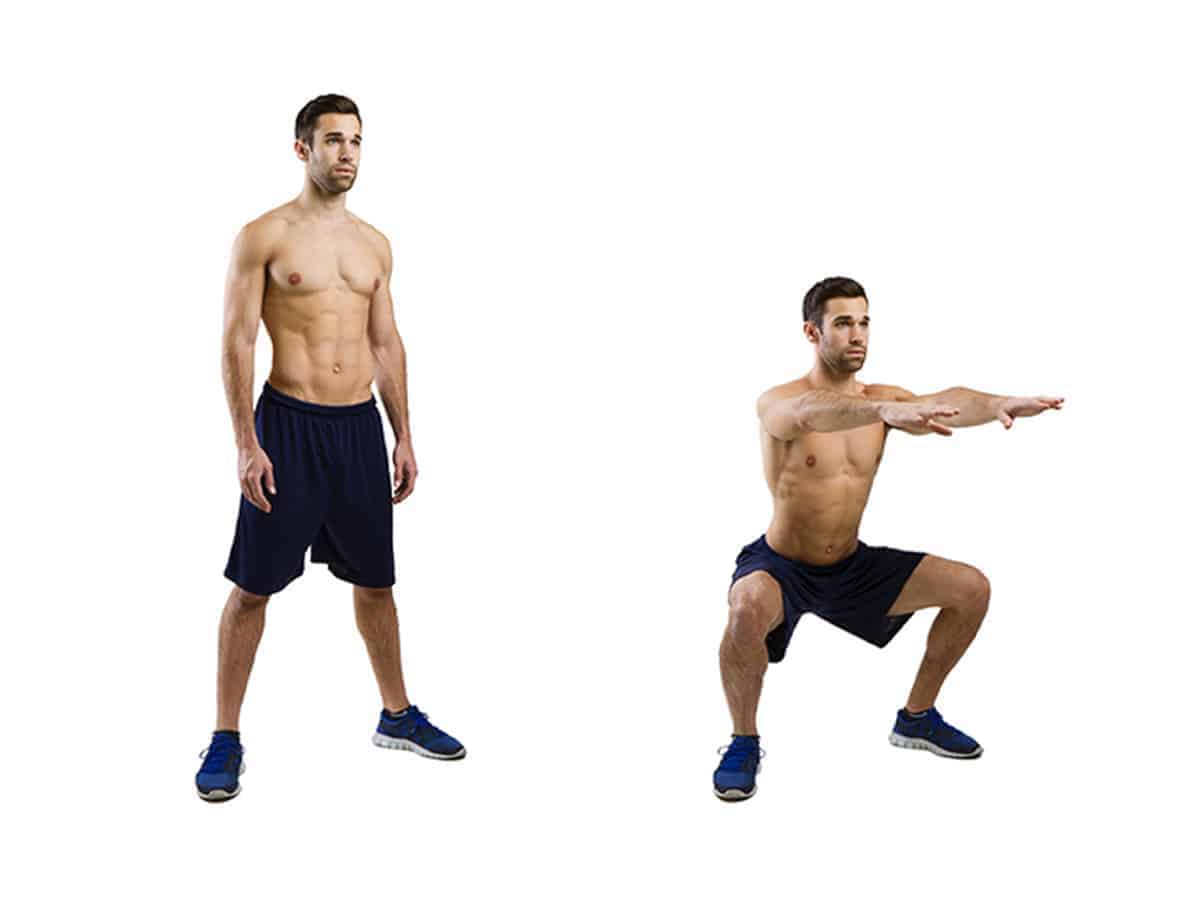
6. Squats
Squats are, without doubt, one of the most important exercises for any fitness regime, so it is little wonder they appear in the Scientific 7-Minute Workout. While often in the gym you’ll find yourself loading up on heavy weights and barbells, going back to basics is a great way to correct your posture and form. Don’t be afraid to do Air Squats or Squat with a simple, light weight. To execute;
- Put your arms straight out in front of you, parallel to the ground, chest up and spine in a neutral position.
- Keep your entire body tight the entire time.
- Breathe deeply, break at your hip and push your butt back. Keep sending your hips backwards as your knees begin to bend.
- As you squat down, focus on keeping your knees in line with your feet.
Exercise type: Strength
Muscles worked: Lower body, Quadriceps, Hamstrings, Glutes
Time: 30 seconds
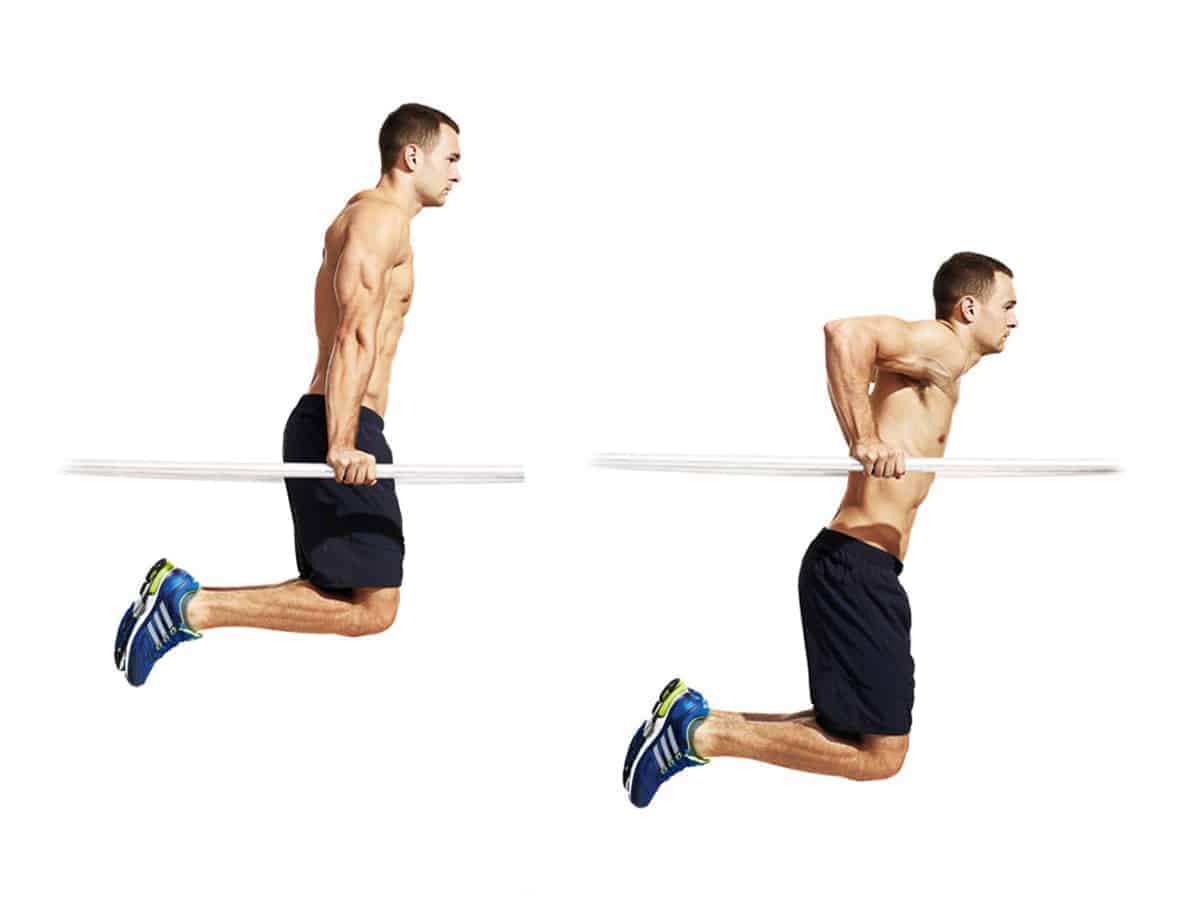
7. Tricep Dips on Chair
Another compound bodyweight exercise, Dips are incredibly effective in building muscle and strength in your core, triceps and chest. The movement must be completed in full, so no half-dips that workout more of your wrists than your chest. If you are going to use the two-chairs method, set the chairs up facing each other and hold on to the top of the chair-back before initiating the movement.
To perform dips at home;
- Place two chairs slightly wider than leg length apart
- Hold the top of the back area with both hands
- Slowly bend arms
- Sink your upper body towards the ground
- Do not touch the ground, rather bring the body back up again in a controlled motion.
- Keep your back straight.
Exercise type: Strength
Muscles worked: Chest, Triceps, Core
Time: 30 seconds
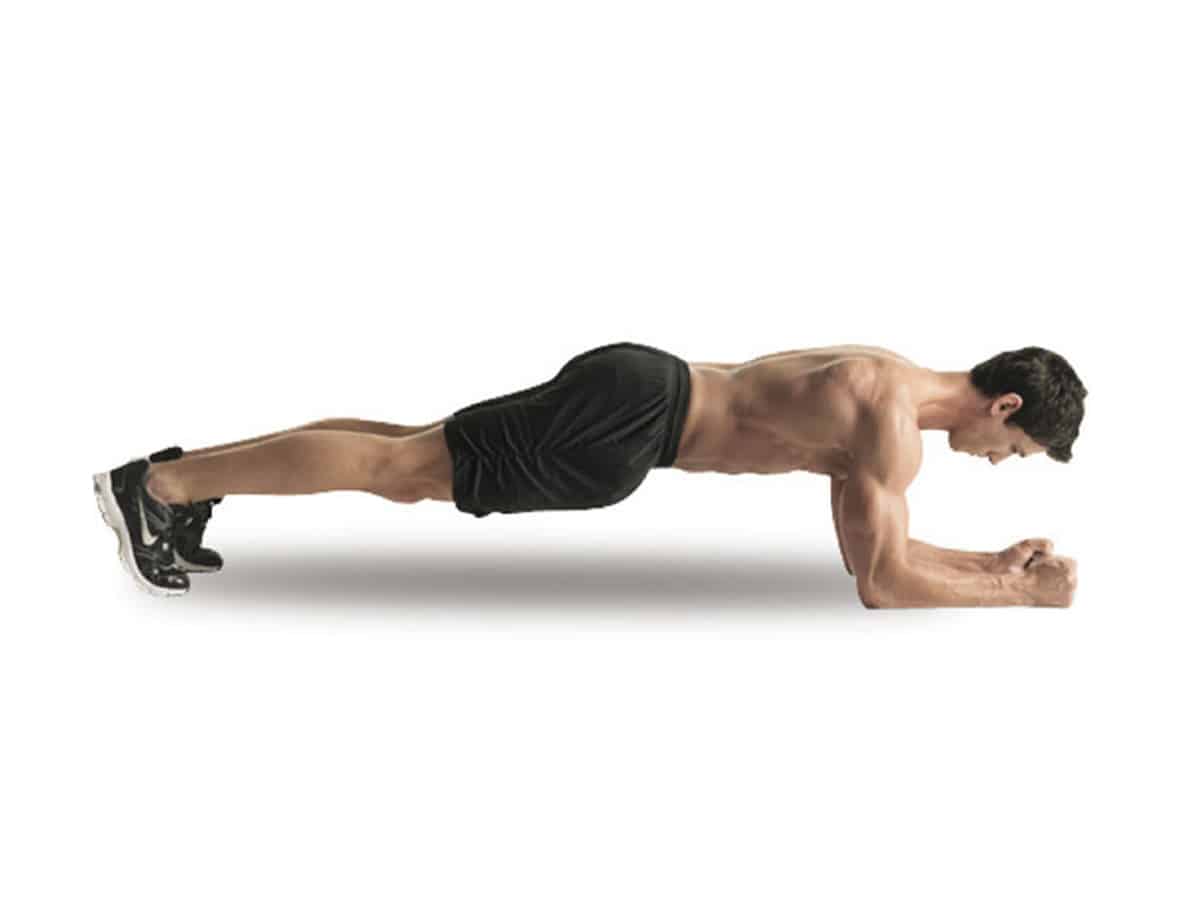
8. Plank
One of the most simple but challenging bodyweight exercises you can do, Planks are highly effective in building strength and stamina in your core. Planks, unlike Sit-Ups, allow you to tighten your torso and contract your core muscles at will. Make sure your flex those abs while you Plank. To complete an effective Plank;
- Get in the pushup position, only put your forearms on the ground instead of your hands. Your elbows should line up directly underneath your shoulders. Toes on the ground.
- Squeeze your glutes and tighten your abdominals.
- Keep a neutral neck and spine.
- Create a straight, strong line from head to toes
- Hold that position.
Exercise type: Strength
Muscles worked: Chest, Core
Time: 30 seconds
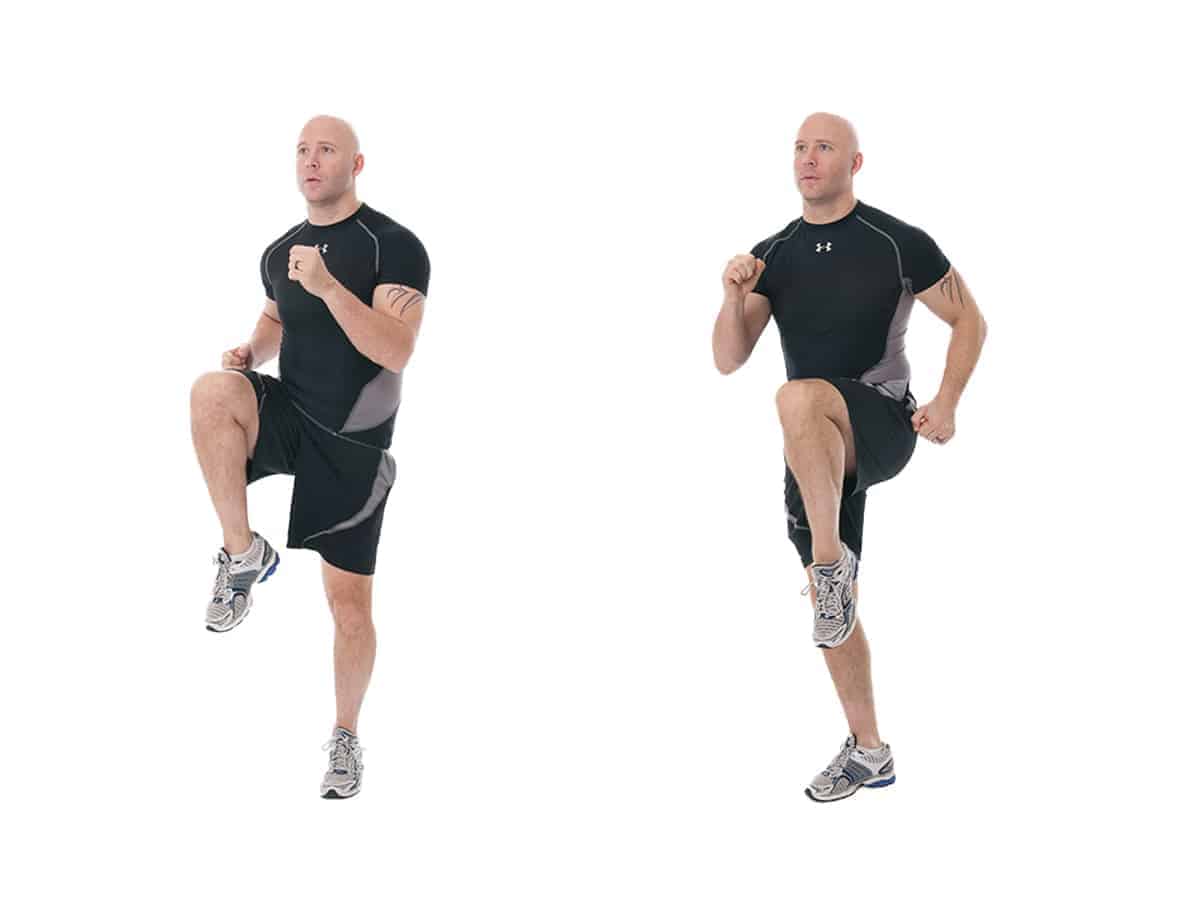
9. High Knees Running in Place
This movement will get your blood flowing and your heart-rate up. Adding High Knees in Place means you are burning calories and adding an element of cardio into your bodyweight workout. To complete High Knees;
- Run on the spot
- Place your hands out in front of your body, elbows at 90 degrees
- Elevate your knees in front as high as you can, touching your hands
Exercise type: Cardiovascular
Muscles worked: Core
Time: 30 seconds
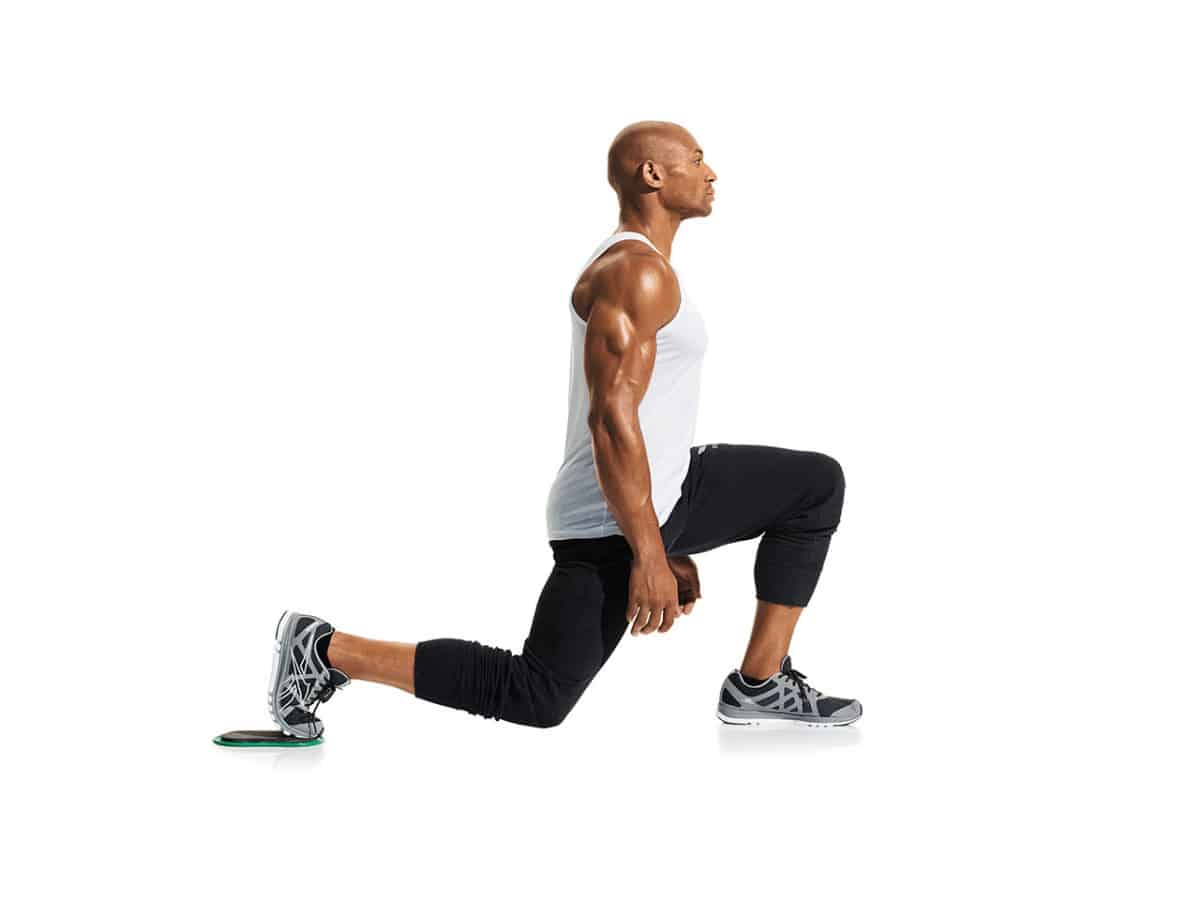
10. Lunge
A great movement for balance, stamina and core strength, Lunges allow you to target your mid-section and lower body at the same time. While this movement will require some balance and concentration, it is imperative that you keep your core tight throughout the movement. To complete a correct Lunge;
- Stand tall with feet hip-width apart. Engage your core.
- Take a long step forward with right leg. Shift your weight forward so heel hits the floor first.
- Lower your body until right thigh is parallel to the floor and right shin is vertical.
- Press into right heel to drive back up to starting position.
- Repeat on the other side.
Exercise type: Strength
Muscles worked: Quadriceps, Glutes
Time: 30 seconds
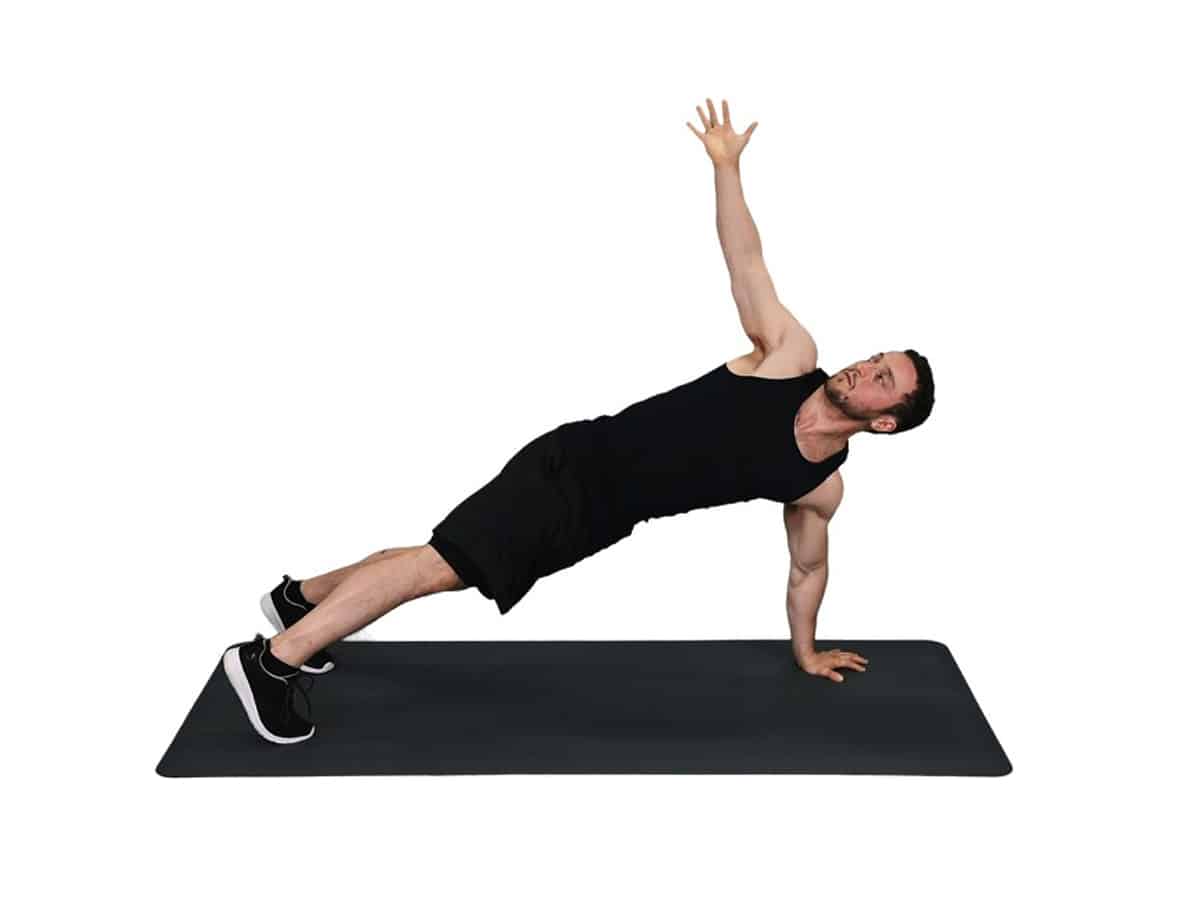
11. Push-Ups with Rotation
Taking the regular Push-Up and adding a secondary movement is a great way to boost the energy expenditure of a bodyweight exercise. In this instance, the Scientific 7-Minute Workout has added a rotation to the end of the movement. This requires a level of balance, but can be excellent practice for stability and flexibility. Here is how you complete a Push-Up with Rotation;
- Begin in push-up position with your feet together and toes on the floor and your hands placed slightly wider than shoulder-width apart.
- Draw-in your navel and contract your glutes.
- With your back flat, slowly lower your body toward the floor, lowering and contracting your shoulder blades.
- Push back up to starting position and rotate your body 90-degrees from the floor, fully extending both arms, one in the air and one on the floor.
- Reverse the movement of rotation to return to the starting position and repeat, alternating the direction of rotation.
Exercise type: Strength
Muscles worked: Chest, Triceps, Core
Time: 30 seconds
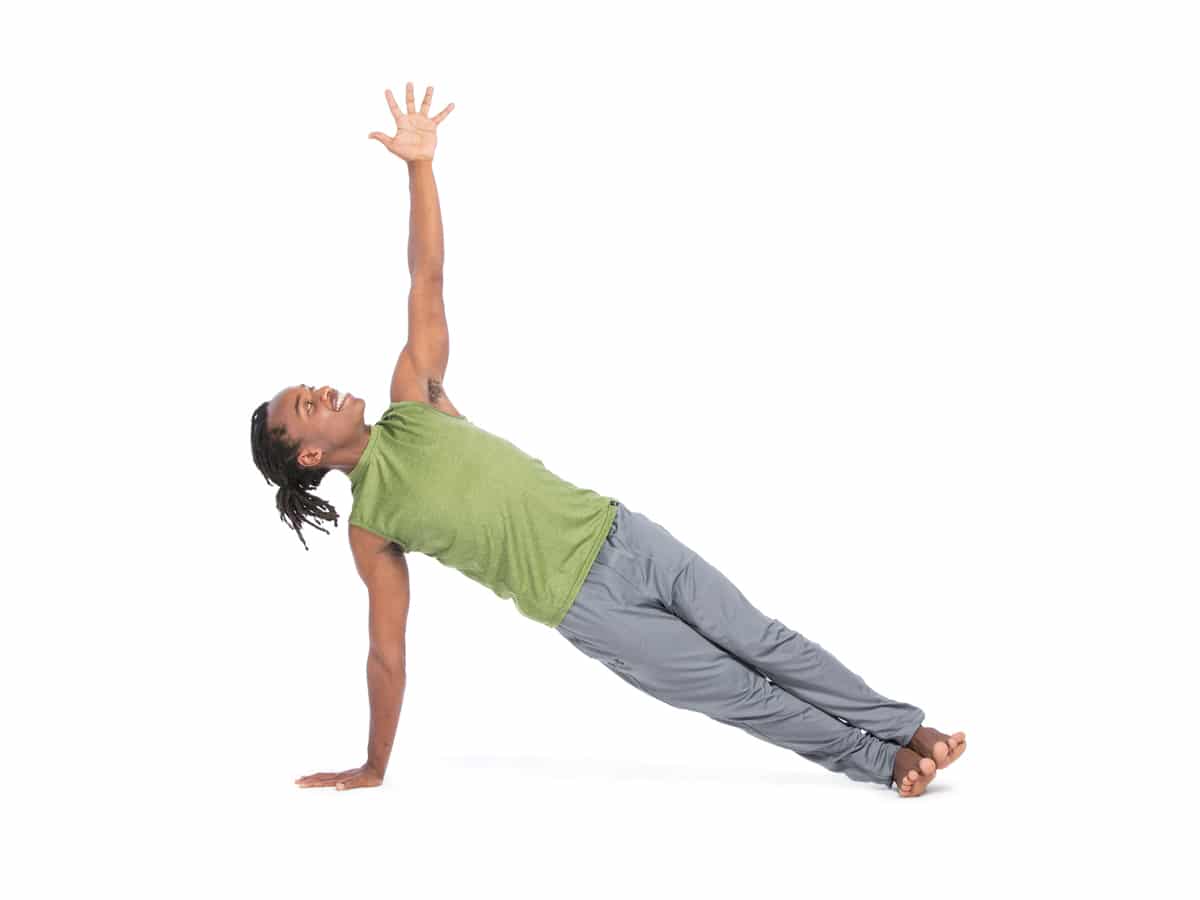
12. Side Plank
Another core exercise that requires some stamina and balance, the Side Plank is a great way to build up your obliques. This will help you to look and feel more healthy time wears on. To complete the Side Plank;
- Start on your side with your feet together and one forearm directly below your shoulder.
- Contract your core and raise your hips until your body is in a straight line from head to feet.
- Hold the position without letting your hips drop for the allotted time for each set, then repeat on the other side.
Exercise type: Strength
Muscles worked: Core, Obliques
Time: 30 seconds
As previously mentioned, the workout was first published in the May-June issue of the American College of Sports Medicine’s Health & Fitness Journal. The workout meets the latest mandates for high-intensity effort. In effect, you’ll be getting the benefits of both a run and a trip to the gym to lift weights. Chris Jordan, a co-author of the article and the director of exercise physiology at the Human Performance Institute in Orlando, Florida, states that there is “very good evidence” that high-intensity interval training provides “many of the fitness benefits of prolonged endurance training but in much less time.” That means that this 7-minute workout should get the job done for getting your workout in.
Advanced 7-Minute Workout
Once you’ve nailed the basics, you can afford to step it up a notch. This involving taking things to the next level with the advanced version of the workout. The Advanced 7-Minute Workout consists of:
- Reverse lunge, elbow to instep with rotation, alternating sides
- Lateral pillar bridge – left
- Push up to row to burpee
- Lateral pillar bridge – right
- Single leg RDL to curl press – left
- Single leg RDL to curl press – right
- Plank with arm lift
- Lateral lunge to overhead tricep extension
- Benover row with alternating arms
The workout consists of moments of intense activity followed by short bouts of rest. It also alternates large muscle groups of the upper body with those of the lower body, which allows for more rest for different groups. The 12 exercises of this routine should be performed in rapid succession, with only 30 seconds to complete each exercise and a ten-second rest between exercises. This should keep the intensity level pretty high.
The workout starts with jumping jacks then moves to a wall sit. Push-ups follow with abdominal crunches coming next. Then step-ups onto a chair, squats, and triceps dip on a chair. Thirty seconds of planking is followed by high knees running place and lunges. The last two movements are a push-up into a rotation and a side plank. Jordan recommends starting at the 7-minute level and gradually working up to the full 21-minute workout. No more excuses—it only takes 7 minutes to start improving your health.
What is the Scientific 7-Minute Workout?
The Scientific 7-Minute Workout is a high-intensity workout that has been proven to increase basic fitness and procure major health benefits. First published in the American College of Sport’s Medicine’s Health and Fitness Journal in 2013, the workout showed improved fitness and weight loss among participants. While the workout has copped some substantial criticism, mainly from health practitioners and personal trainers that suggest a 7-minute workout is in no way long enough to stimulate muscle growth and fat loss, the workout has survived.
Based on the principle of muscle engagement across major groups, the Scientific 7-Minute Workout alternates movements from upper body and lower body. HIIT or High-Intensity Interval Training has become commonplace in major fitness scenes. Most circuit training or group training will involve an element of HIIT. The research behind this fitness movement suggests that HIIT workouts improve overall fitness performance, including increasing cardio-respiratory endurance, improving blood pressure and when combined with a balanced diet, a reduction in body fat. Steady cardio may be the go-to for many people looking to drop weight or elevate their fitness, but the lengthy time-frames and repetitive movements might not be the best for your health or for injury prevention.
In fact, studies from the McMaster University in Canada, published in the Journal of Physiology, found that six weeks of low-volume “sprint” interval cycling produced metabolic changes in muscles comparable to those seen with a traditional cycling routine. Even better, it did it in a much shorter timeframe (1½ versus 4 hours a week). It’s these workout fundamentals that have led to the increase in Crossfit training workouts and F45-based fitness regimes, however, these methods also incorporate more basic lifting and strength-training principles.
The reality is that the 7-minute workout is simply a collection of exercises that can be completed by anyone at any time. While it won’t allow you to end up looking like Arnie, it will set the foundations for fitness management and basic health.
Can You Lose Weight Doing the 7-Minute Workout?
Put simply, this workout is essentially a full-scale bodyweight assault. The majority of the exercises in the Scientific 7-Minute Workout will be ones you have either done or seen people doing before. Obviously, the short time frame may make you a little sceptical of the workout’s effectiveness, and understandably so. The collection of 12 high-intensity exercises is arranged in 30-second intervals, with 10 seconds rest in between sets. While this inevitably gets your blood pumping and your heart rate up, it may not be enough for you to get a full workout in. As a result, it is recommended that the Scientific 7-Minute Workout be added as an additional workout function on to your current regime, or completed several times in succession, much like a fitness circuit.
How Often Should I Complete the 7-Minute Workout?
Aim to complete the Scientific 7-Minute workout at least once every day. Often we neglect our core and cardiovascular fitness, so this science-based workout can help to lift those deficiencies. As with all workouts, it is imperative that you combine the workout with a balanced diet. Completing 7 minutes worth of exercise and then eating a Big Mac probably won’t do anything for your weight loss.
You’ll also like:
Jon Bernthal’s ‘Punisher’ Workout & Diet Plan
Carnivore Diet: Joe Rogan’s All-Meat Meal Plan Explained
Australia’s Fittest Man’s Ultimate Home Workout is Simple But Savage
Charles Bronson’s Prison Workout Will Get You Ripped In Solitary Confinement
Put simply, the Scientific 7-Minute Workout is a collection of 12 high-intensity exercises. While the exercises do work, the time frame of 7 minutes is very quick. It would be more effective to complete the same workout in longer intervals.
The aim is to complete the 7-Minute Workout at least once every day. This can be added to your existing workout regime, in the mornings as an added high-intensity after workout session.
Obviously, any workout you do will be beneficial to your weight loss goals. That being said, it is critical that you combine the 7-Minute WOrkout with a balanced diet.

























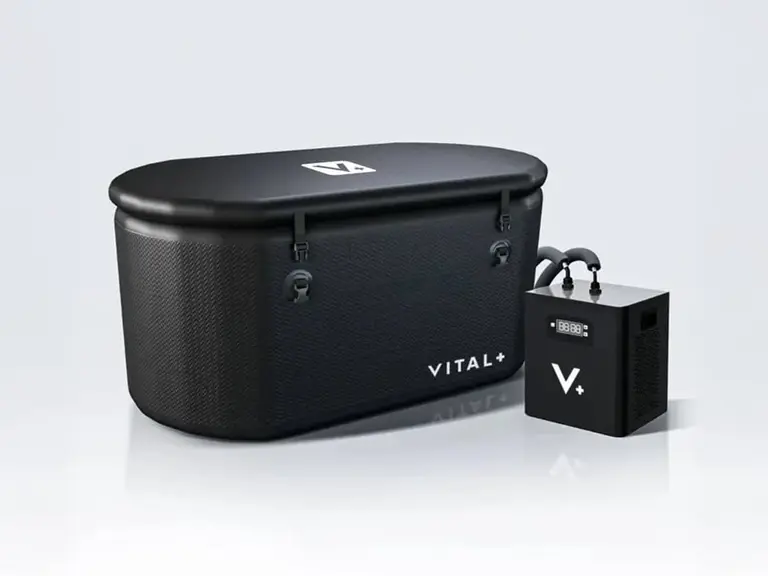




Comments
We love hearing from you. or to leave a comment.